



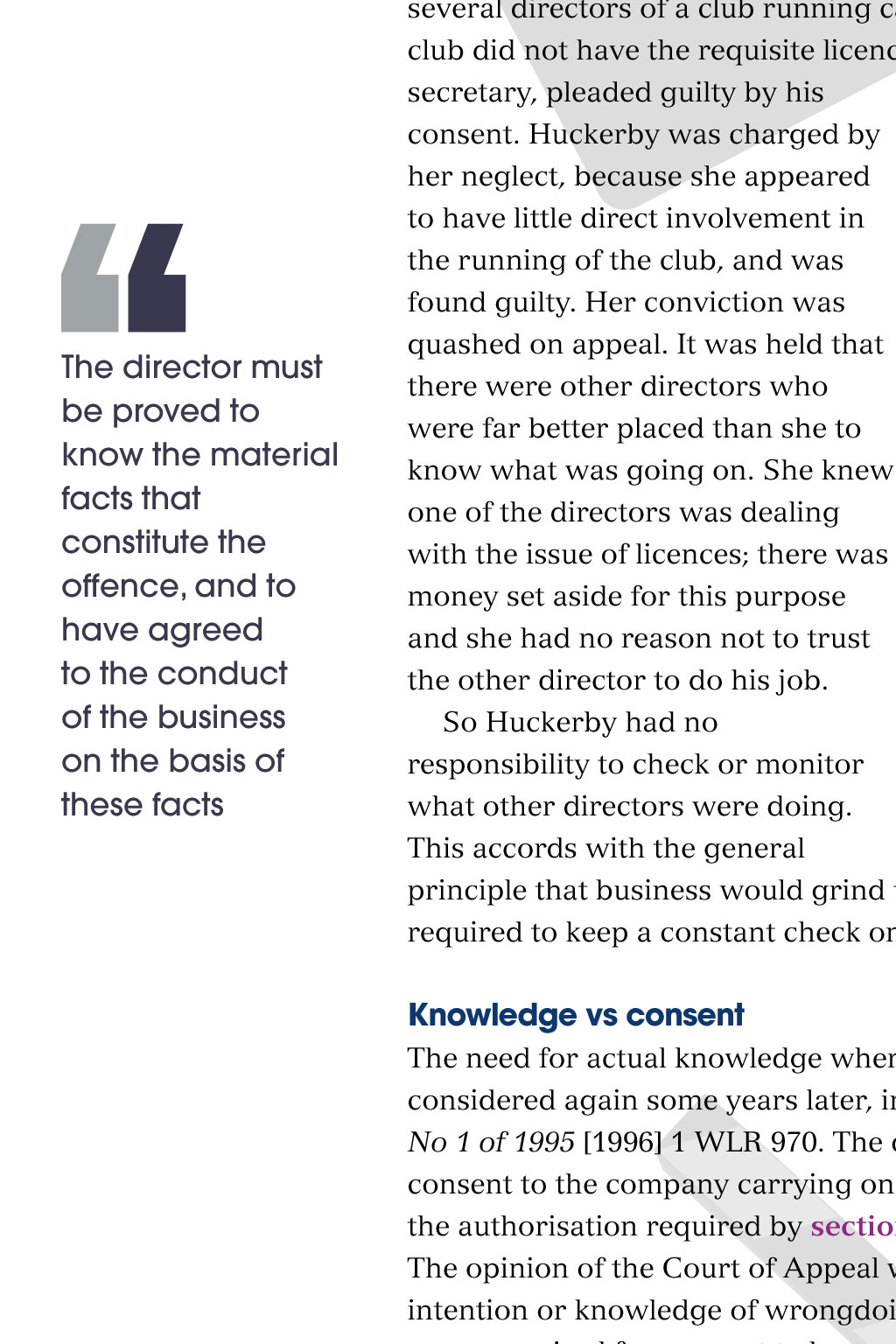
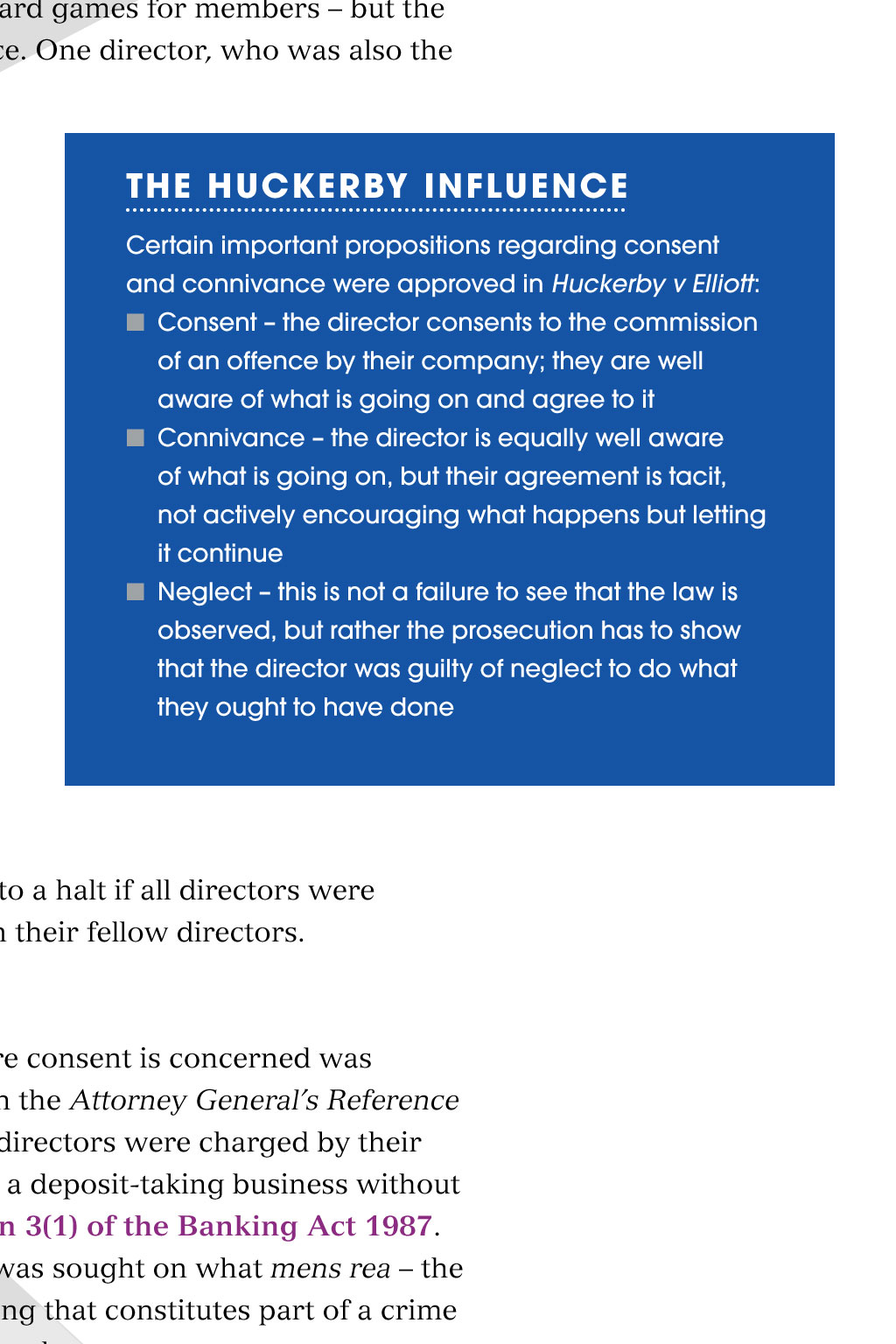
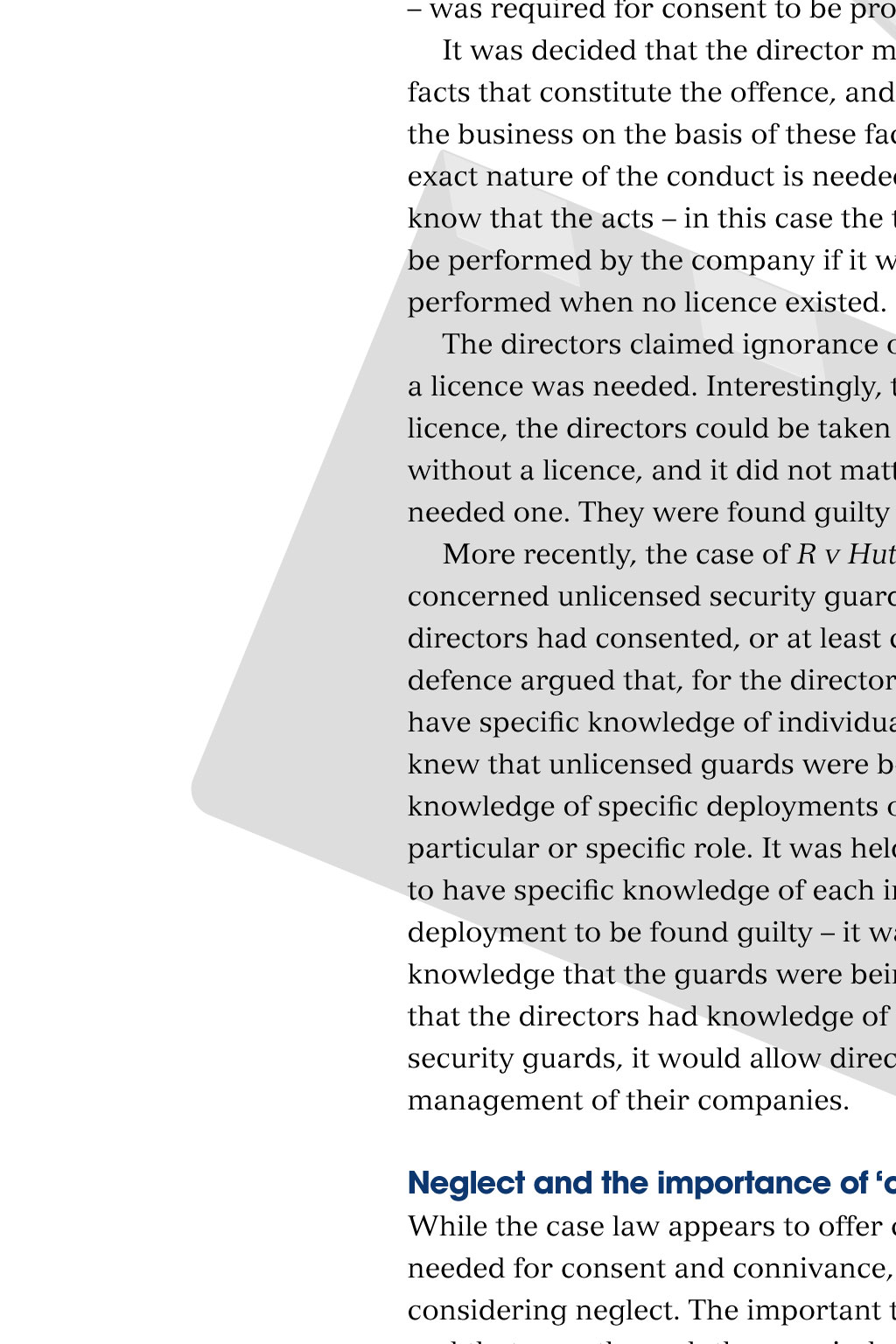
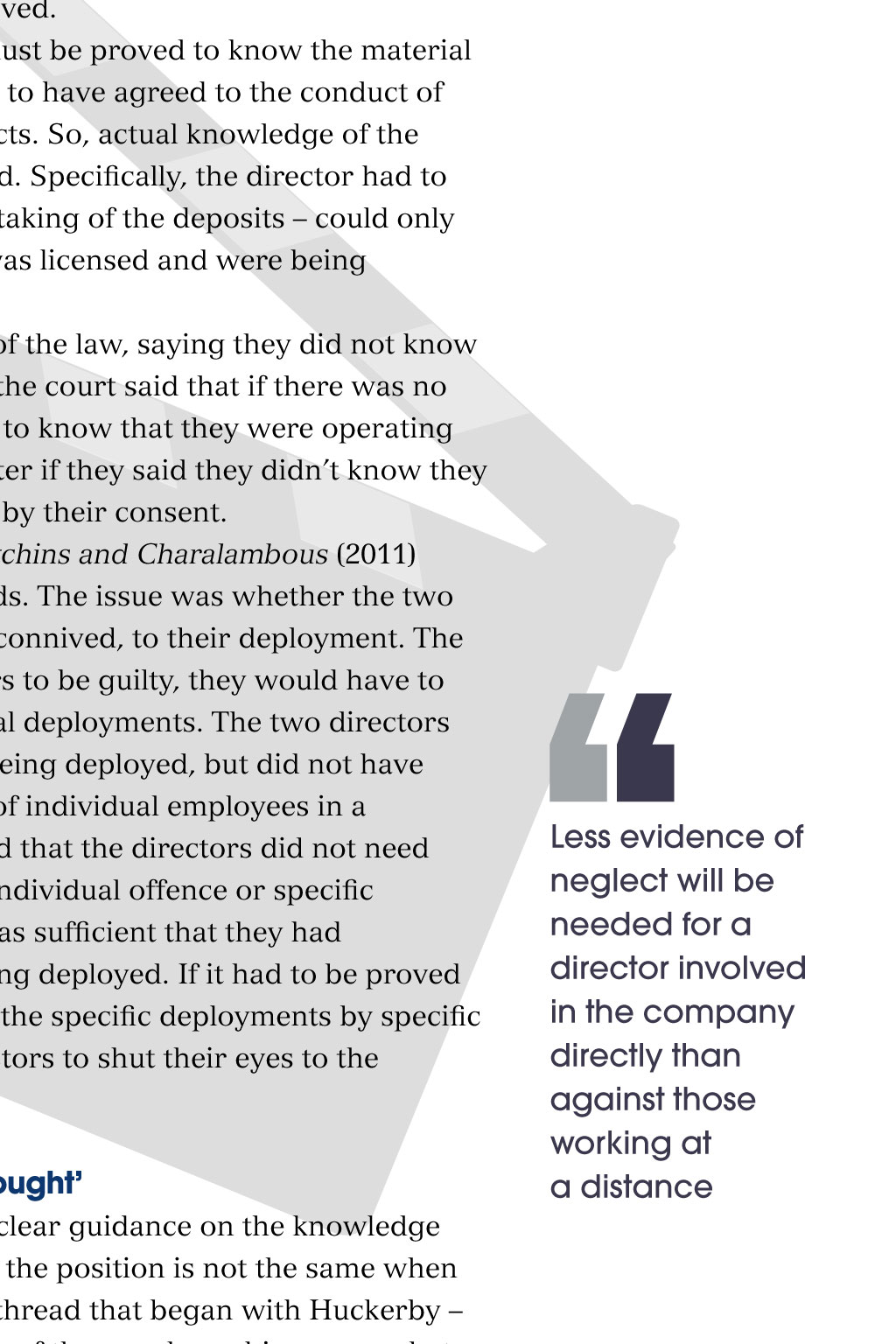
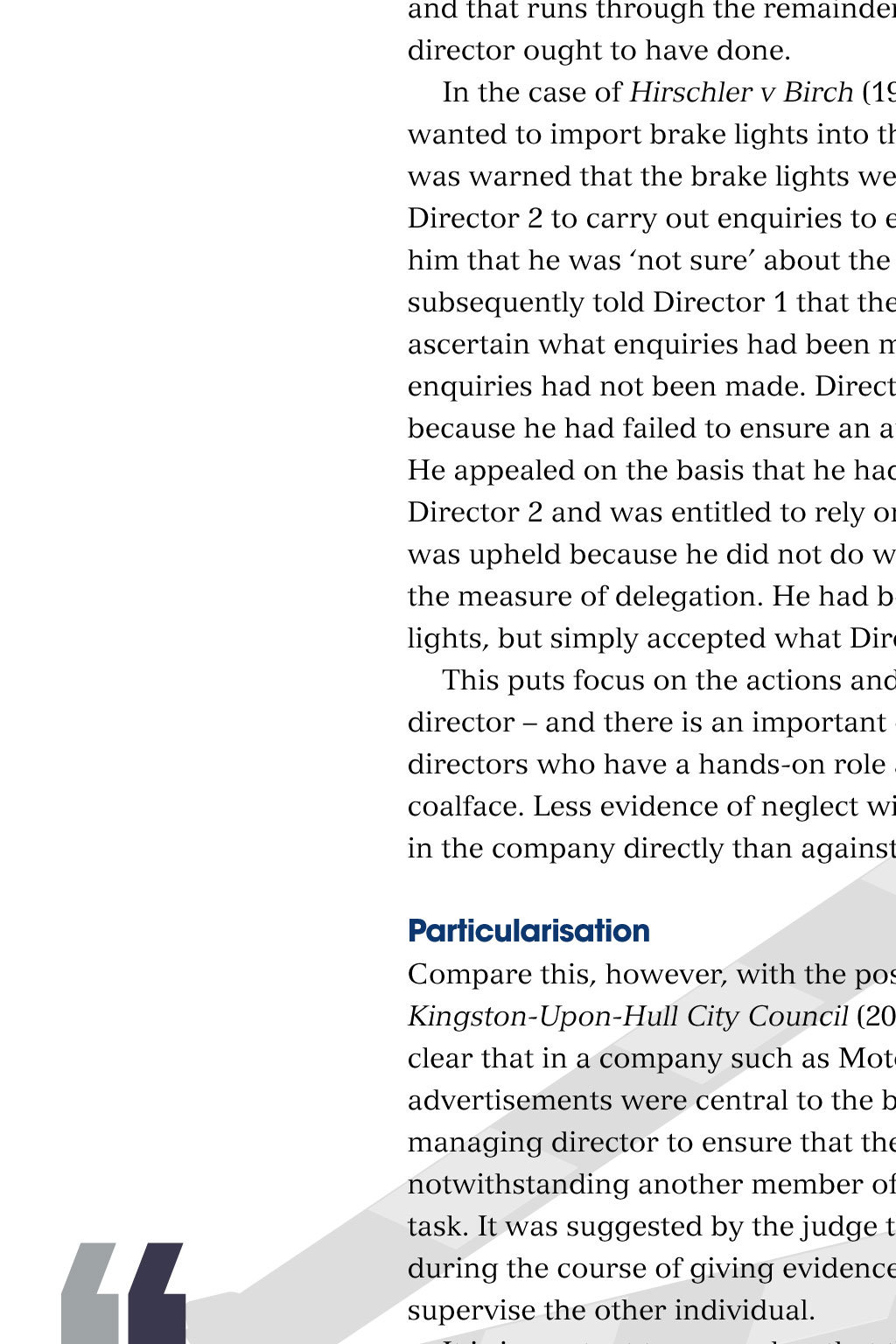




















In this feature l digital property protection l legal issues l piracy and privacy Lowdown on downloads Thomas Samuels explores the difficult relationship between the law and digital content T echnology is moving faster now than ever before in human history. Mega-corporations are continually innovating, with new versions of products being planned and researched even before the previous design has been released onto the market. Ten years ago, many of the ultra-fast, ultra-lightweight, ultra-responsive gadgets that most of us feel we cannot now live without were unheard of. Frequently, the launch of a new or updated product is met with a fanfare and huge excitement, as rival manufacturers try to capture the publics imagination. In the lead-up to the launch of the iPhone 5S, in 2013, fans camped for up to three days outside Apples Regent Street store, in central London, to be among the first to own one. Given the constant pace of change, itis perhaps not surprising that the law has struggled to keep up. The timescale involved in identifying issues and then drafting and ratifying legislation means lawmakers can struggle to legislate appropriately, in terms of either content or tone. Slow off the mark This slow process has hindered successive governments attempts to legislate in respect of the moving target of technology. As soon as a problem with one gadget or innovation emerges, it is has been superseded, and the law finds itself out of date. The Consumer Rights Bill (CRB), currently wending its way through parliament, provides a perfect example of the necessarily delayed reaction of law. The CRB will bring into force domestic provisions of various EU directives, as well as providing an overhaul of existing domestic law on supply of goods and services. In particular, Chapter 3 of Part I of the CRB proposes, for the first time, to provide consumers with rights in respect of the purchase of digital content this content being data which are produced and supplied in digital form. Paying to download content to your home PC, signing up to dating websites, and charging to read the news online became increasingly common in the late 1990s, until it reached ubiquity in the past three to five years. Given how long such technology has been relatively commonplace, it was as late as July 2009 when UK legislators finally noted in the white paper A Better Deal for Consumers that computers are an essential part of modern living, and concluded that additional protections were required in relation to digital content. Even now, the slow progress of the CRB through parliament illustrates that the law is ill-equipped to keep up with aspects of a fast-moving, modern world. The consequence has been that, for many years, consumers have at worst been left without key protections in respect of digital content, and at best been left uncertain as to their rights. Failure to keep pace It is crucial that the distinct legal position of digital content, and its associated challenges, are recognised and dealt with The CRB also provides a useful illustration of the difficulties lawmakers have in predicting the likely issues that may arise from technological advancement. After the governments 2009 white paper, the Department for Business, Innovation and Skills (BIS) commissioned Professor Robert Bradgate to undertake a further study in 2010 specifically relating to digital content in readiness for the drafting of the CRB. The finished publication, Consumer Rights in Digital Products, rightly recognised that consumers accessing digital content should not be deprived of protection afforded to those paying for physical goods or services. It makes no sense that the purchase of a physical DVD brings with it direct civil law contractual rights under the Sale of Goods Act 1979, whereas the purchase of the same content via an online download gives little or no protection. However, the CRB shows a remarkable lack of imagination in terms of the protections that might be required in our digitised world. The current draft simply re-enacts for digital products the same rights that consumers currently enjoy with the supply of physical goods. Professor Bradgate gave a number of reasons for such an approach in particular, to create consistency of rights across product types, and to facilitate understanding in light of the established body of case law under the Sale of Goods Acts. Perhaps at the time of writing, 2010, the technologies were such that those reasons made sense. However, in 2014, they seem clunky a problem that will only be exacerbated as time and technology progresses. For example, one of the terms to be instilled into all contracts to supply digital content is that the content is of satisfactory quality. As is currently the case under the Sale of Goods Act 1979, satisfactory quality will be assessed by reference to its state and condition which are, themselves, referable to the contents fitness for purpose, freedom from minor defects, safety and durability. However, those benchmarks have grown up in the case law relating to the 1893 and 1979 Sale of Goods Acts and, while they make sense in relation to a car or a three-piece suite, it is more difficult to conceptualise in relation to digital content. What is the state or condition of a non-physical item? How would one test the durability of a download? The simple answer is (probably) that you cannot. However, over time as litigation in relation to digital content gives rise to a library of appellate decisions new standards may be developed to consider whether or not a digital product is of satisfactory quality. They are simply factors to be considered among others, and, with the application of common sense, better alternatives may replace them. Anti-Counterfeiting Trade Agreement In relation to online protection, domestic legislation is not enough. The internet has seamlessly connected all corners of the globe, which, in itself, can present huge legal and political challenges. One controversial area has been in relation to counterfeit digital content in particular, the sharing of copyrighted material through peer-to-peer networks. A worldwide attempt at preventing the creation and transmission of such content was made through the Anti Counterfeiting Trade Agreement (Acta). Initially proposed and developed by Japan and the USA in 2006, Acta is a multinational treaty that is intended to prevent counterfeiting including of digital content across the globe. The official text, published in April 2011, requires signatories to have in place civil andcriminal enforcement to permit effective action against an act of infringement of intellectual property rights, which takes place in the digital environment. Tofacilitate cross-border enforcement, it was intended that domestic bodies should collate statistical data, to be shared with other signatory states, to prevent counterfeiting of digital products. However, those requirements were met with protests from individuals, pressure groups and civil liberties organisations. Ire was directed towards what were viewed as infringements upon freedom of expression and the right to communication privacy. Many critics raised concerns about the behind closed doors nature of the negotiations, and expressed fears that it would lead to surveillance and recording of innocent internet users online activity. Protests were most vocal in eastern European EU member states, where even governmental bodies denounced the likely effect of Acta on their citizens online rights. In nations where the advent of the internet and technological advances allowed previously unknown freedoms, Acta sought the curtailment of that freedom. In a statement dated 31 January 2012, the Slovenian ambassador to Japan summarised it thus: I signed Acta out of civic carelessness I did not clearly connect the agreement I was asked to sign with the agreement that according to my civic convictions limits and withholds the freedom of engagement on the largest and most significant network in human history, and thus limits particularly the future of ourchildren. The effect of the outcry has been permanently to halt Actas progress, with six EU member states refusing to sign it. What is the state or condition of a non-physical item? How would one test the durability of a download? Real life So, what do the legal niceties of the CRB or Acta mean for real life? The CRB illustrates the inherent difficulties of a slow process lawmaking attempting to regulate rapid development. Even once the law has caught up, it must recognise that digital content is not like any other product or service, and deserves to be treated differently. Equally important albeit in a rather different context is that Acta shows there are compromises to be made, in relation to technology, that do not apply to other products and services. The prevention of counterfeiting of ordinary products is obviously beneficial, both to protect copyright owners and consumers. However, perhaps the same cannot be said in relation to digital content. In short, whether it be a trading standards officer acting locally or a politician negotiating an international treaty it is crucial that the distinct legal position of digital content, and its associated challenges, are recognised and dealt with. Credits Published Thomas Samuels is a barrister at Gough 28 October, 2014 To share this page, click on in the toolbar Square Chambers, specialising in consumer, financial and regulatory law. Images: venimo / Shutterstock